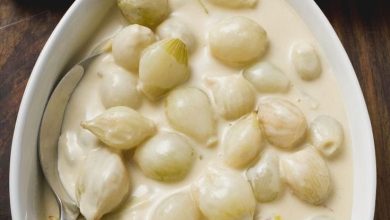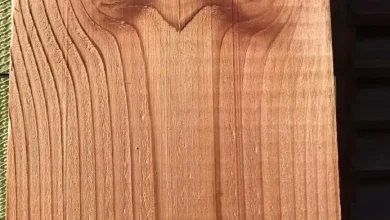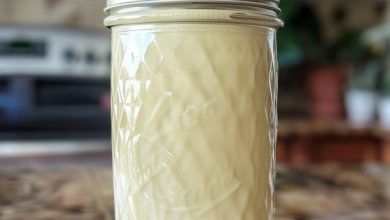If You Have These Tiny, White Bumps on Your Face, Don’t Try to Remove Them!
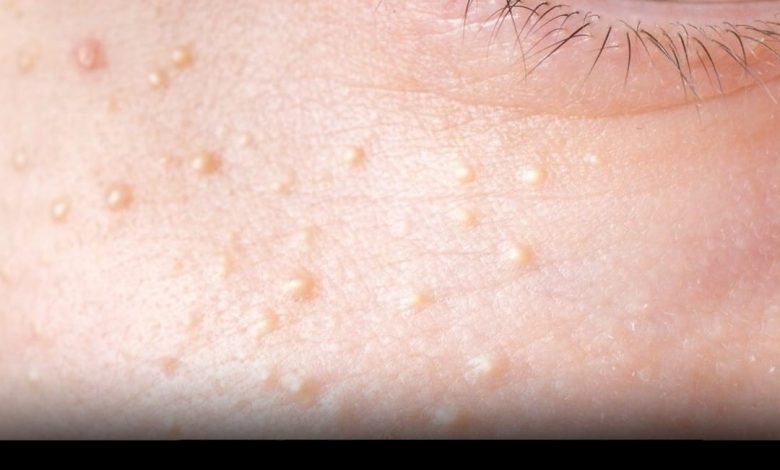
It’s quite common for people of all ages around the world to experience different conditions affecting their skin, as it’s the part of our body most exposed to the outside world. While some skin issues, like psoriasis and eczema, are often linked to inflammation, not every little bump or change in skin color needs medical attention. Let’s consider something called milia as an example.
ADVERTISEMENT
If You Notice Small, White Bumps on Your Face, It Might Be Milia
ADVERTISEMENT
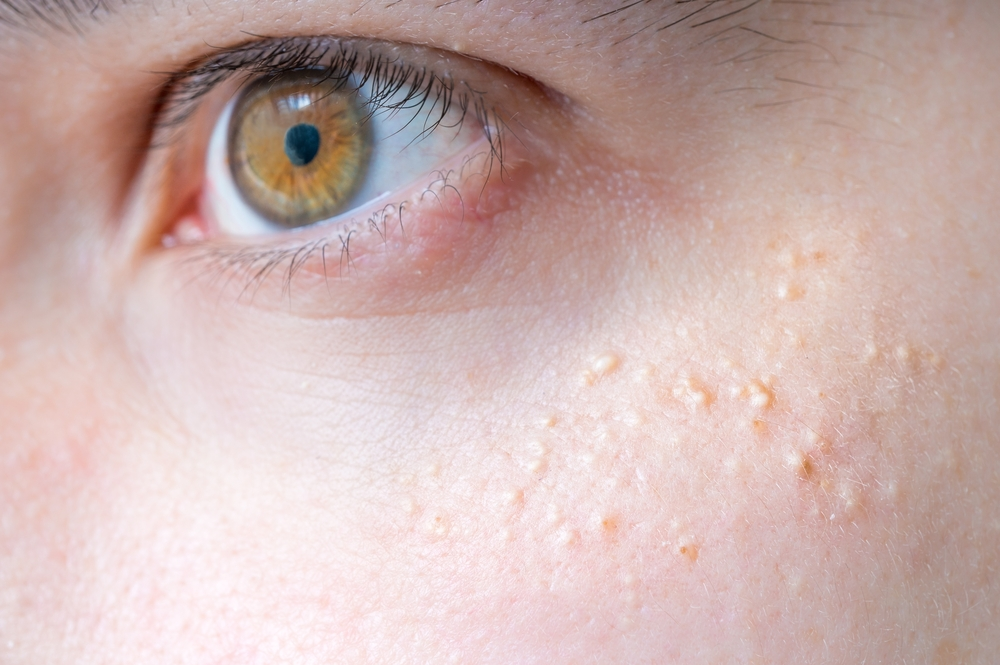
ADVERTISEMENT
You might have even had milia when you were a baby without your parents even realizing it. A milium cyst, which is also known as milia, usually happens when keratin, a type of protein that makes up our hair, skin, and nails, gets trapped under the skin’s surface. It’s very common in newborns, with about half of all babies developing it. This often happens because their skin is still learning how to shed old skin cells properly. However, milia can appear in people of any age if something blocks the tiny tubes that lead to the surface of the skin, such as an injury or a burn.
Milia often looks like tiny white bumps that you might see on the nose, chin, or cheeks. They can also show up on other parts of the body. Even though both babies and adults can get milia, the different kinds of milia can vary, and how they are handled can be different too. Often, treatment isn’t even needed because milia is usually completely harmless and will disappear on its own. However, it’s good to know how to recognize these little bumps so you can understand whether you need to do anything about them or not.
Understanding the Different Kinds of Milia
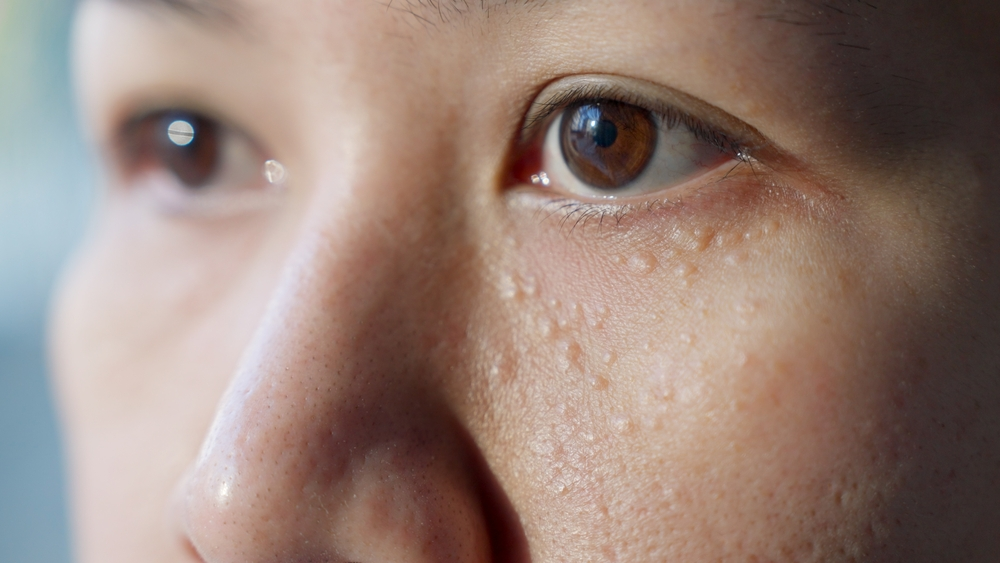
The different types of milia are usually categorized by when the cyst appears or what causes it to develop[1].
Neonatal Milia
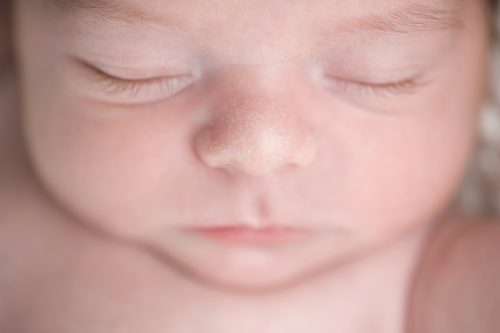
Neonatal milia are the ones that show up in newborn babies, and they typically go away within a few weeks. These little cysts are usually seen on the baby’s face, scalp, and upper chest area[2]. According to information from Seattle Children’s Hospital, milia is quite common, affecting around 40% of newborn babies.
Juvenile Milia
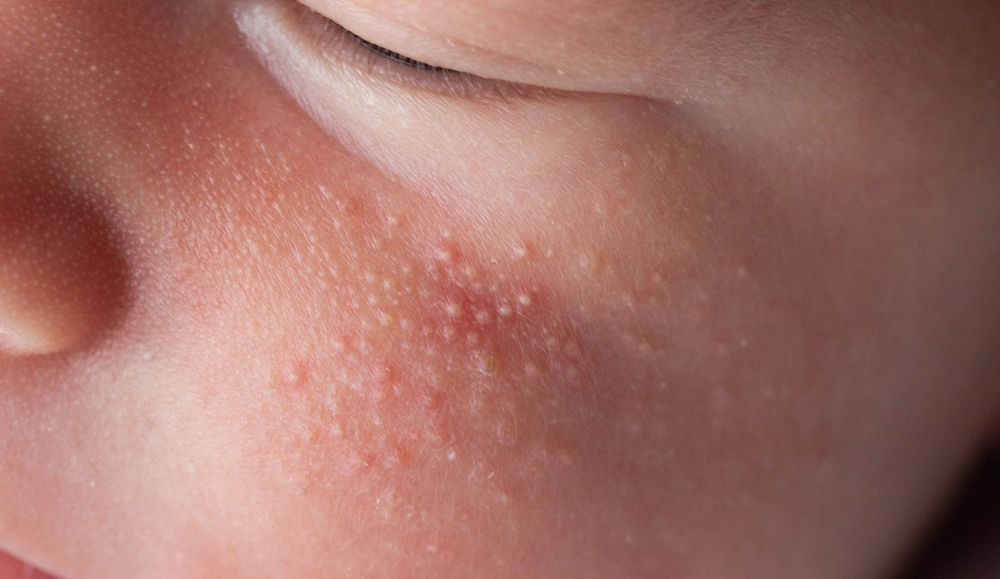
In some rare cases, juvenile milia can be linked to certain genetic conditions. These include things like Nevoid basal cell carcinoma syndrome (NBCCS), Pachyonychia congenita, Gardner’s syndrome, or Bazex-Dupré-Christol syndrome.
Milia en Plaque
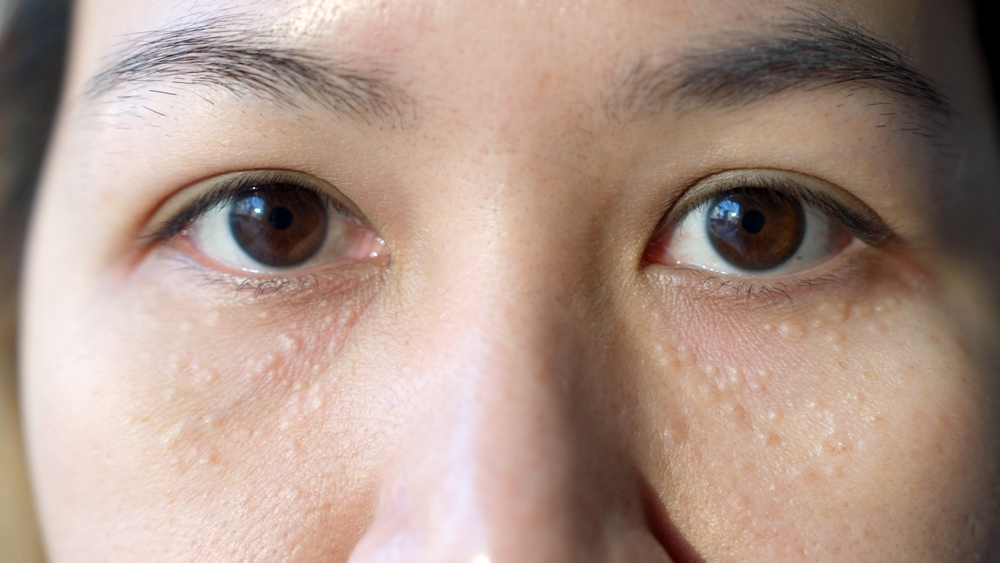
This type of milia is often connected to genetic or autoimmune skin disorders, such as discoid lupus or lichen planus. It commonly affects areas like the eyelids, ears, cheek, or jaw. While it’s often seen in middle-aged women, it can actually occur at any age and in any gender.
Primary Milia
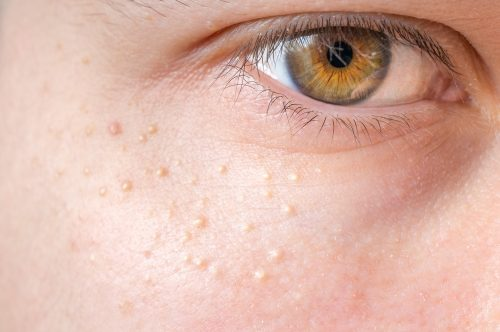
Primary milia is the kind that shows up in older children and adults. These cysts can be found around the eyelids, on the forehead, or even on the genital area. They might disappear in just a few weeks, or they could stick around for several months.
Traumatic Milia
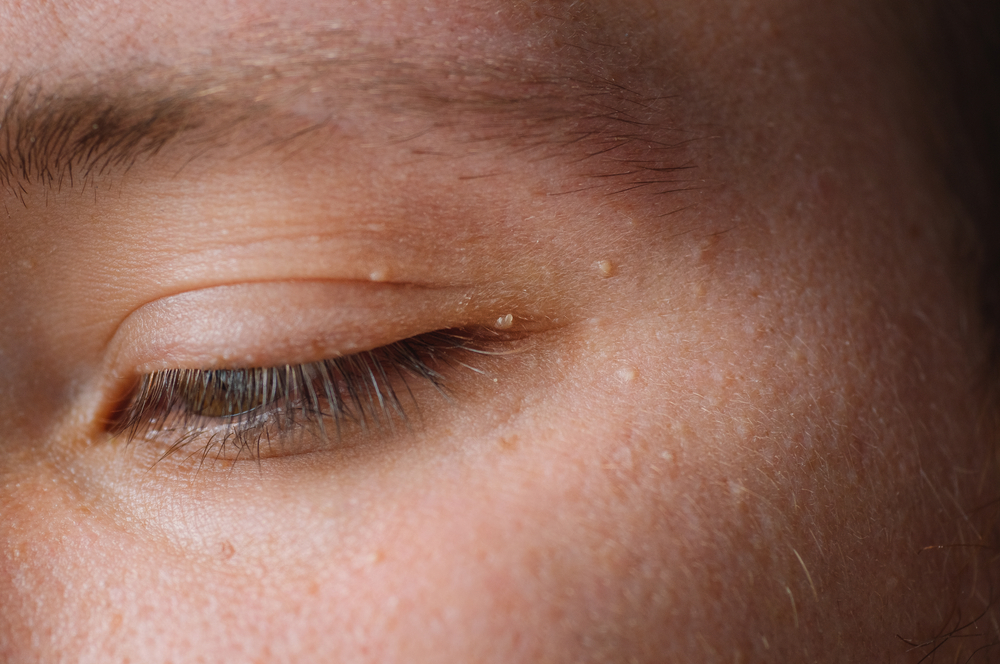
Sometimes, milia can appear on skin that has been injured in some way, like after a rash or a sunburn. These cysts might get a little irritated, which can make the edges look red while the center stays white.
How Doctors Figure Out What It Is
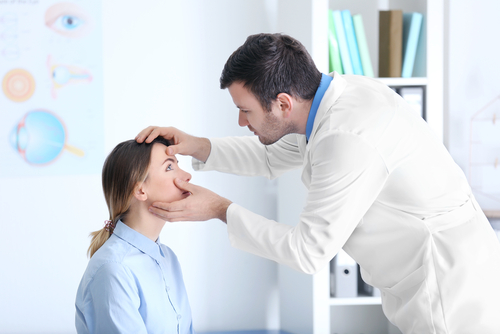
Because milia are usually quite easy to see, a skin doctor, or dermatologist, can usually tell if you have milia just by looking at the bumps. Taking a small sample of the skin, called a skin lesion biopsy, is only needed in very rare situations. If you notice similar small white bumps on your skin, it’s always a good idea to check with a doctor. They can confirm if it’s indeed milia and help you decide on a plan if you want to do anything about it.
What Can Be Done About Milia?
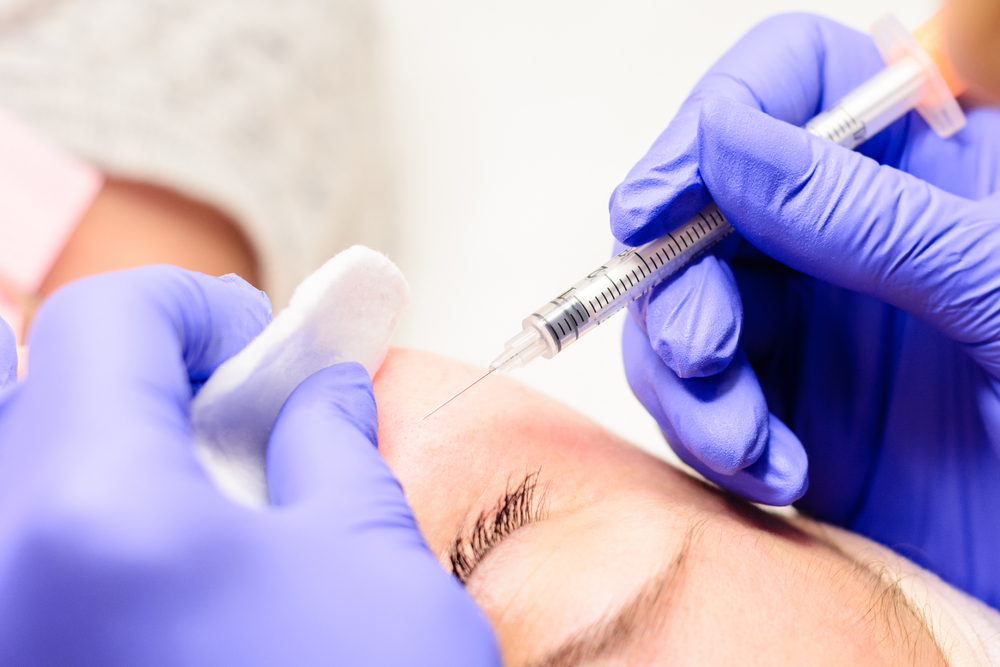
Since milia in infants usually goes away on its own within a few weeks, there’s generally no need for any specific removal or treatment.
Milia in older children and adults often disappears on its own too. However, some people might choose to have it treated if it’s causing them some discomfort or if they are bothered by how it looks. Some common methods used include:
- Cryotherapy: This involves using liquid nitrogen to freeze the milia. It’s a very common way to remove them.
- Deroofing: A doctor uses a sterile needle to gently lift and remove the contents of the cyst. This is another frequent method for treating milia.
- Topical retinoids: These are creams that contain vitamin A and can help your skin exfoliate, which can help the milia go away.
- Chemical peels: These treatments cause the top layer of your skin to peel off, revealing new skin underneath.
- Laser ablation: A small, focused laser is used on the affected areas to remove the cysts.
- Diathermy: This method uses extreme heat to destroy the cysts.
- Destruction by curettage: This involves surgically scraping away the cysts and then using heat to seal the area.
- It’s even been reported that people have tried to treat milia using a paper clip, but it is strongly advised that any procedure to remove milia should be done by a doctor and not attempted at home.
